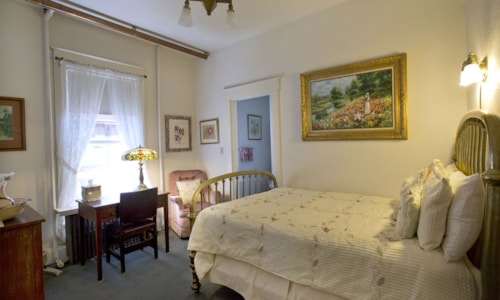Butte Montana’s Thompson Park
People are drawn to Butte for all sorts of reasons – mining history, the culture, the events – but one of our favorite reasons to visit the area is to explore Thompson Park. The park not only offers stunning views, a relatively easy trail and the perfect place to gather, but the trail itself is steeped in history.
First things first, you can access the trail from MT Highway 2. If you are driving from Butte, access to the park will be on your right (or south side of the highway) about 9 miles out of town. There are a number of trailheads and interspersed trails throughout the park; make sure to check out a trail map before you set off.

If you are looking for a stunning scenic drive, we highly recommend Highway 2! And if you want to extend your drive, take Highway 41 and then make your way back up toward Whitehall along Highway 55.
During the winter months, the side roads to the Thompson Park picnic areas are blocked off for visitor safety, but there is still parking and ample access to Thompson Park. Fat Tire Biking is a huge draw to the area during the snowier months, but hiking and snowshoeing is definitely an option!

Thompson Park is settled along what was once the Milwaukee Railroad. The Milwaukee Road was the third railroad to connect the Midwest to the Northwest. It followed the Great Northern (crossing the Continental Divide at Steven’s Pass to Seattle) and the Northern Pacific (crossing at Stampede Pass to Tacoma). The Milwaukee Road was started as a line between Milwaukee and Minneapolis in 1847. By 1874 the Milwaukee had lines running through Wisconsin, Minnesota, Iowa, South Dakota, and Michigan.
The “Pacific Extension” would run through Butte where it would cross the Continental Divide at Pipestone Pass and continue to Seattle. Surveying for the extension began in 1901, while actual construction began in 1906. The extension was completed in 1909 and the Golden Spike was driven in Garrison, Montana to commemorate the opening of the new line.
In my American History class, there is no doubt we spent time talking about some of the men who built America, the likes of: JP Morgan, John D. Rockefeller, Cornelius Vanderbuilt, and Henry Ford. In our Montana History class we discussed Butte, the Anaconda Copper Mines, and the Copper Barons, however, there was a link between the two that I seemed to have missed. Around the turn of the century William Rockefeller, the brother of John D. Rockefeller (founder of the Standard Oil Company), joined forces with William Clark to form the Amalgamated Copper Mining Company from the Anaconda Copper Company.
With Rockefeller interest in Butte, with the Copper Smelter, it was Rockefeller money that funded the expensive route of the Milwaukee Railroad.

This section of railroad was one of the first to be electrified in the United States. Thomas Edison himself came to Butte to ride on the railroad. While the railroad no longer exists, visitors will find the trail adorned with bits of the past. If you stick to the main trail, you’ll find two massive tunnels and a 600-foot long trestle bridge. If you continue down the trail, you will find that the trail ends at the entrance of the Pipestone Pass tunnel. While the tunnel is closed to the public, you can walk up to the entrance to admire the the craftsmanship it took to build the 2,300-foot tunnel.![]()

No matter the time of year, Thompson Park is well worth a visit to Butte and the perfect addition to any itinerary. After all, this is a view that cannot easily be beat!

If you choose to travel through Southwest Montana, make sure you are up-to-date on the latest travel information for the State!











